Concept Design - Conceptual 3D Model Design
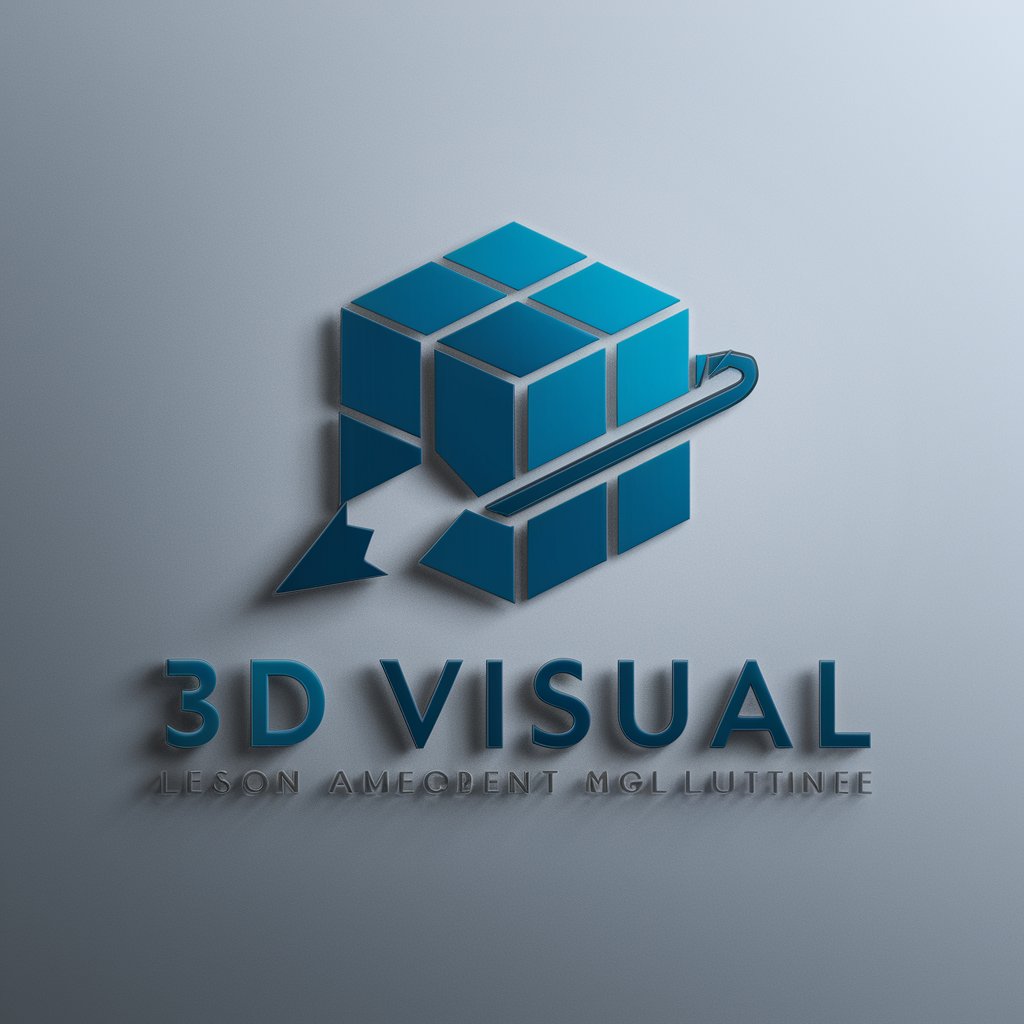
Welcome to 3D Visual, your guide to perfect 3D model concepts!
Empower Your Imagination with AI-Driven Design
Design a futuristic 3D model of a...
Create a detailed texture for a...
Generate a lighting setup that highlights...
Conceptualize a 3D environment inspired by...
Get Embed Code
Understanding Concept Design
Concept Design is a specialized tool designed to bridge the gap between initial creative ideas and their realization in the form of 3D model concepts. It serves as a creative assistant that guides users through the process of transforming vague ideas into detailed, tangible 3D models. This involves a collaborative process where users are encouraged to refine their ideas through iterations, focusing on elements such as textures, lighting, structure, and overall aesthetics. For example, a user with a vision for a new type of ergonomic chair can use Concept Design to explore various design aesthetics, materials, and functional aspects, visualizing the concept in 3D before any physical prototype is built. Powered by ChatGPT-4o。

Core Functions of Concept Design
Idea Visualization
Example
Turning sketches or verbal descriptions into detailed 3D visualizations.
Scenario
An industrial designer sketches a new bicycle frame design. Using Concept Design, they can visualize the frame in 3D, experimenting with different materials and colors to see how they affect the bike's aesthetic and performance.
Design Iteration
Example
Facilitating rapid iterations on 3D models to explore various design options.
Scenario
A product designer is creating a new smartwatch. They use Concept Design to iterate on the watch's case, testing different shapes, sizes, and placements for the screen and buttons, which helps in refining the product's usability and style.
Texture and Material Simulation
Example
Simulating how different textures and materials look on 3D models.
Scenario
A furniture designer is considering various wood finishes for a new line of desks. Through Concept Design, they can apply different wood grain textures and finishes to their 3D model, assessing which best complements the desk's design and function.
Lighting and Environment Testing
Example
Testing how different lighting and environments affect the appearance of models.
Scenario
An architect uses Concept Design to visualize how natural light at different times of the day impacts the interior ambiance of a proposed building, helping to make informed decisions about window placement and room orientation.
Who Benefits from Concept Design
Industrial Designers
Professionals who design products for mass production, such as electronics, cars, and furniture. They benefit from being able to visualize and iterate on their designs in a 3D space, making adjustments before prototyping.
Architects and Interior Designers
These users can explore spatial designs, material finishes, and lighting effects in 3D, enhancing their ability to create spaces that are both functional and aesthetically pleasing.
3D Artists and Animators
Creative professionals who require detailed 3D models for films, games, or digital art. Concept Design helps them to quickly generate and modify concepts, streamlining their creative workflow.
Product Developers
Individuals or teams working on developing new products or improving existing ones. They utilize Concept Design to experiment with different designs, materials, and ergonomics, significantly reducing the time and cost associated with physical prototyping.

How to Use Concept Design
1
Visit yeschat.ai for a free trial without login, also no need for ChatGPT Plus.
2
Define your 3D model concept, including specific details such as textures, lighting, and structural features.
3
Utilize the interactive and collaborative features of Concept Design to refine your model, incorporating feedback and suggestions.
4
Explore trends and best practices in 3D design to enhance your model's appeal and functionality.
5
Finalize your design and use the provided tools to visualize and iterate on your concept for optimal results.
Try other advanced and practical GPTs
Social Media Wizard
Unleashing Creative Potential with AI
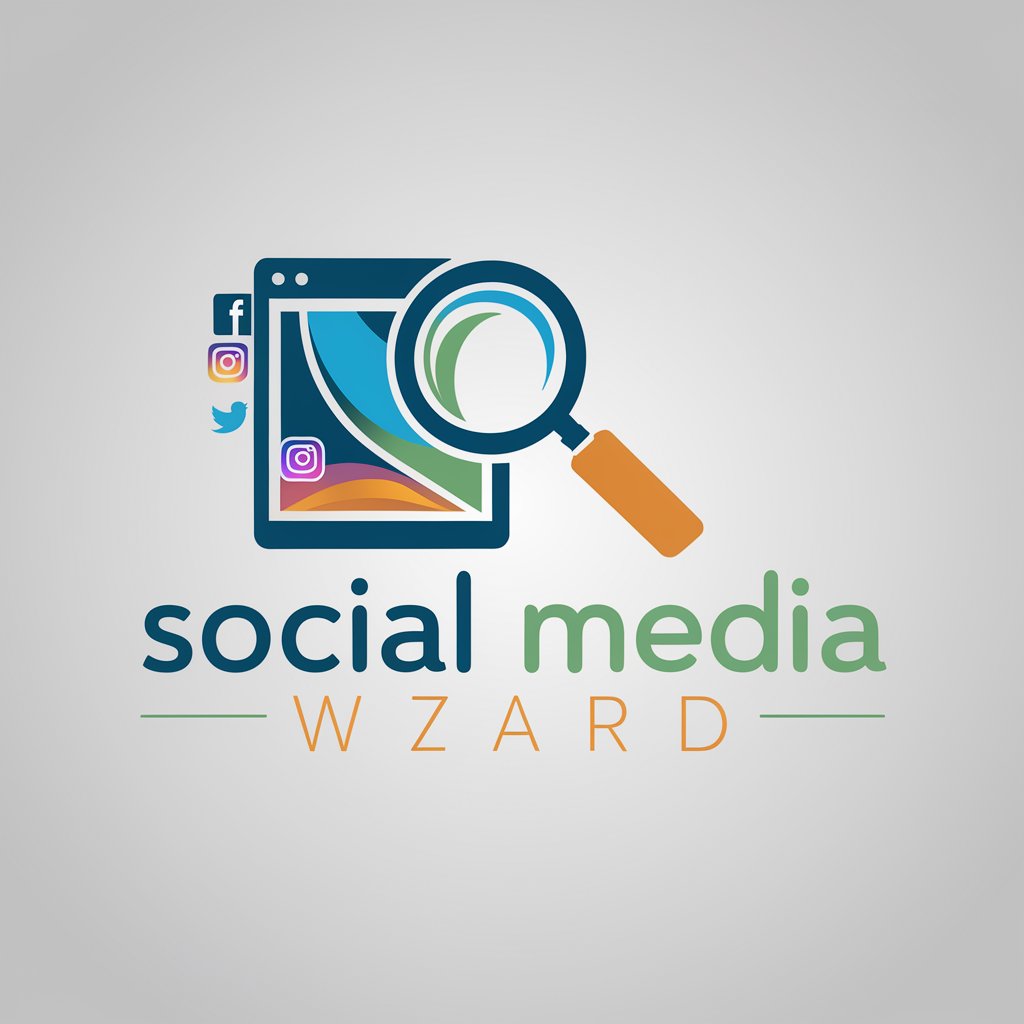
Idea Wrapper
Transform ideas into memorable names.
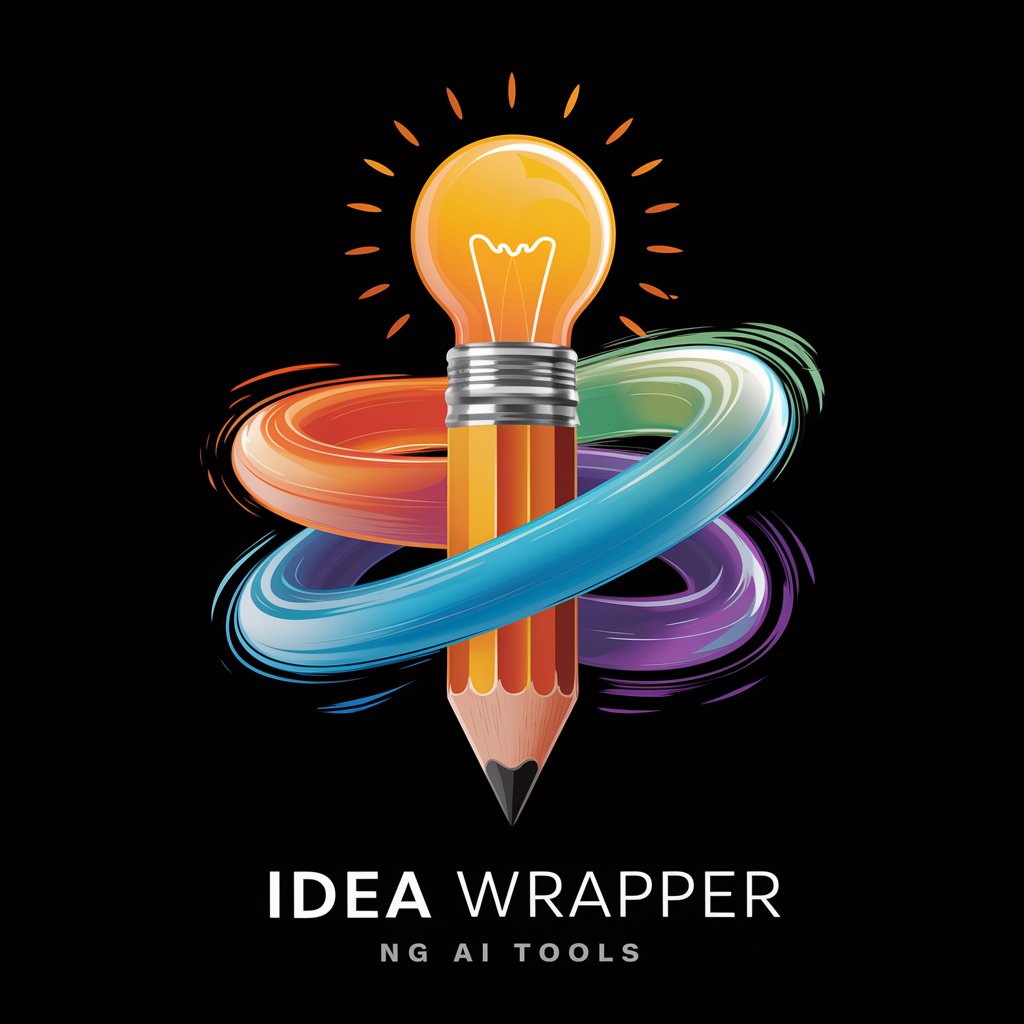
Writers Hook
Craft captivating openers with AI.

Atl Utd GPT
Unlock Atlanta United's history with AI

PromptGen
Crafting Precise AI Prompts Made Easy
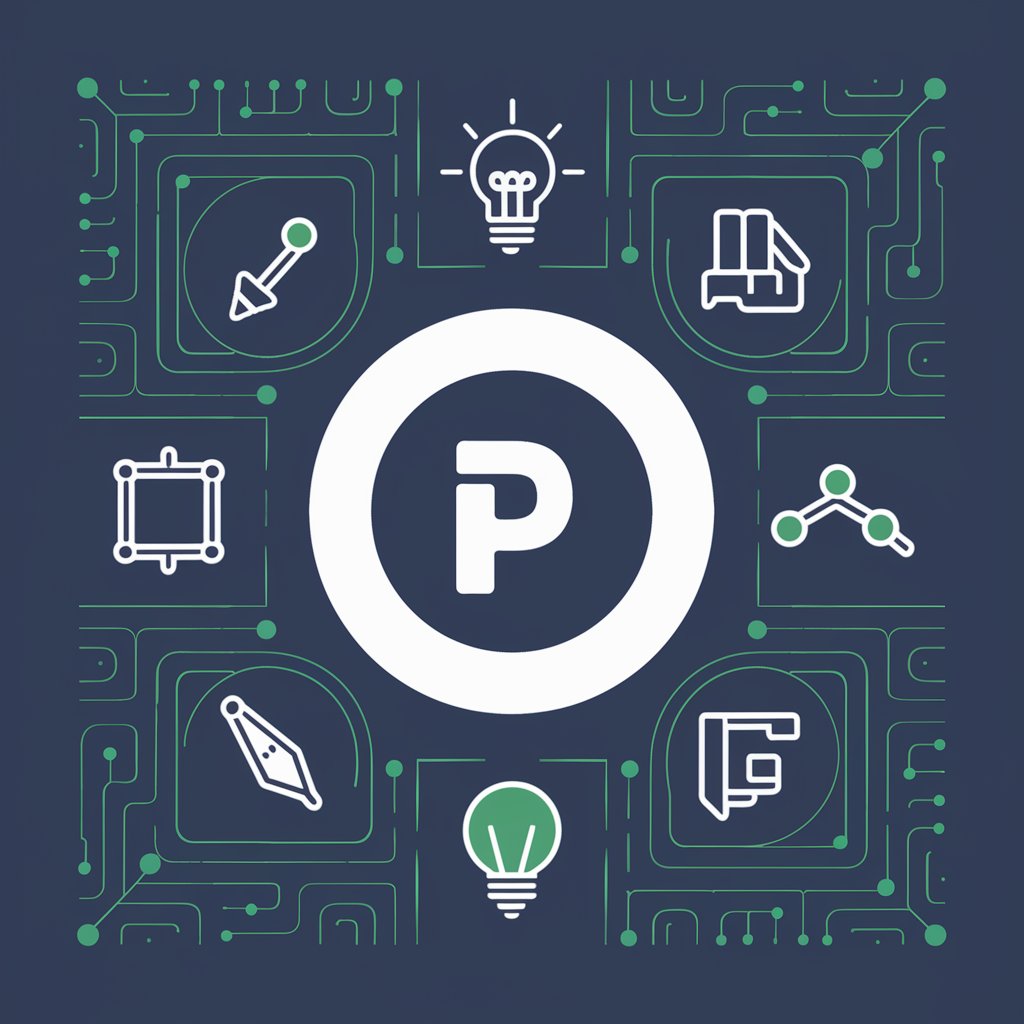
Mager Objective Guide
Craft Clear, Measurable Learning Goals
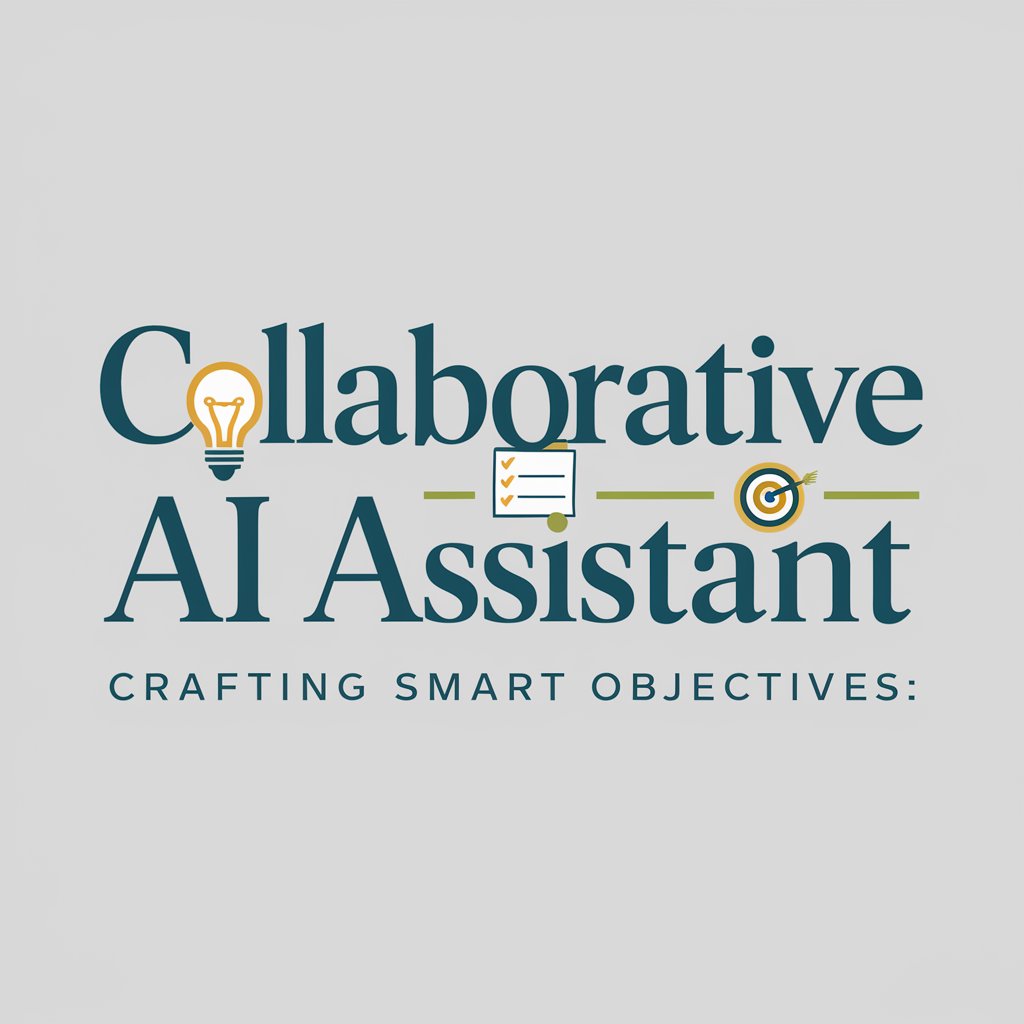
Jim GPT
Empowering creativity with AI

Chat with Socrates
Engage with the wisdom of Socrates
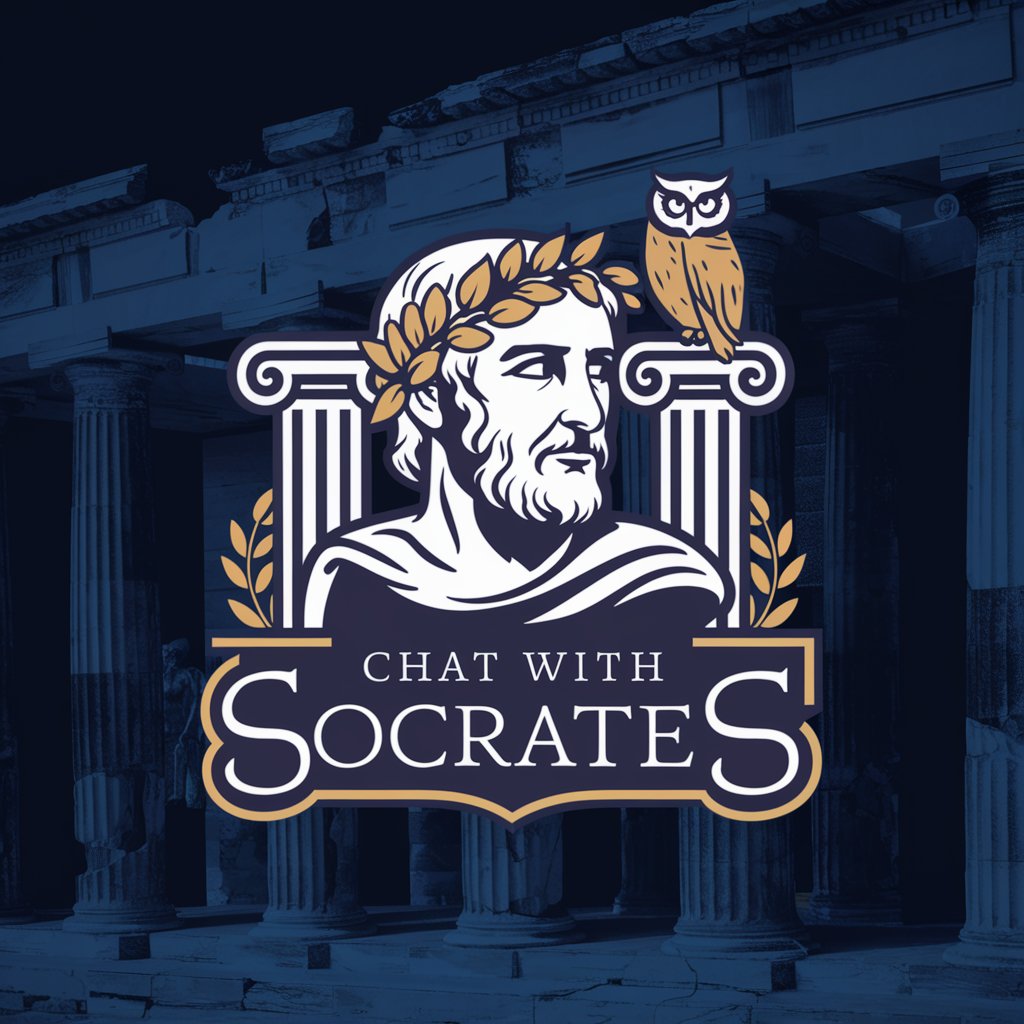
MJ Image Muse
Craft Your Creativity with AI

SMART Goal Builder for SET
Crafting Personalized Learning Goals with AI
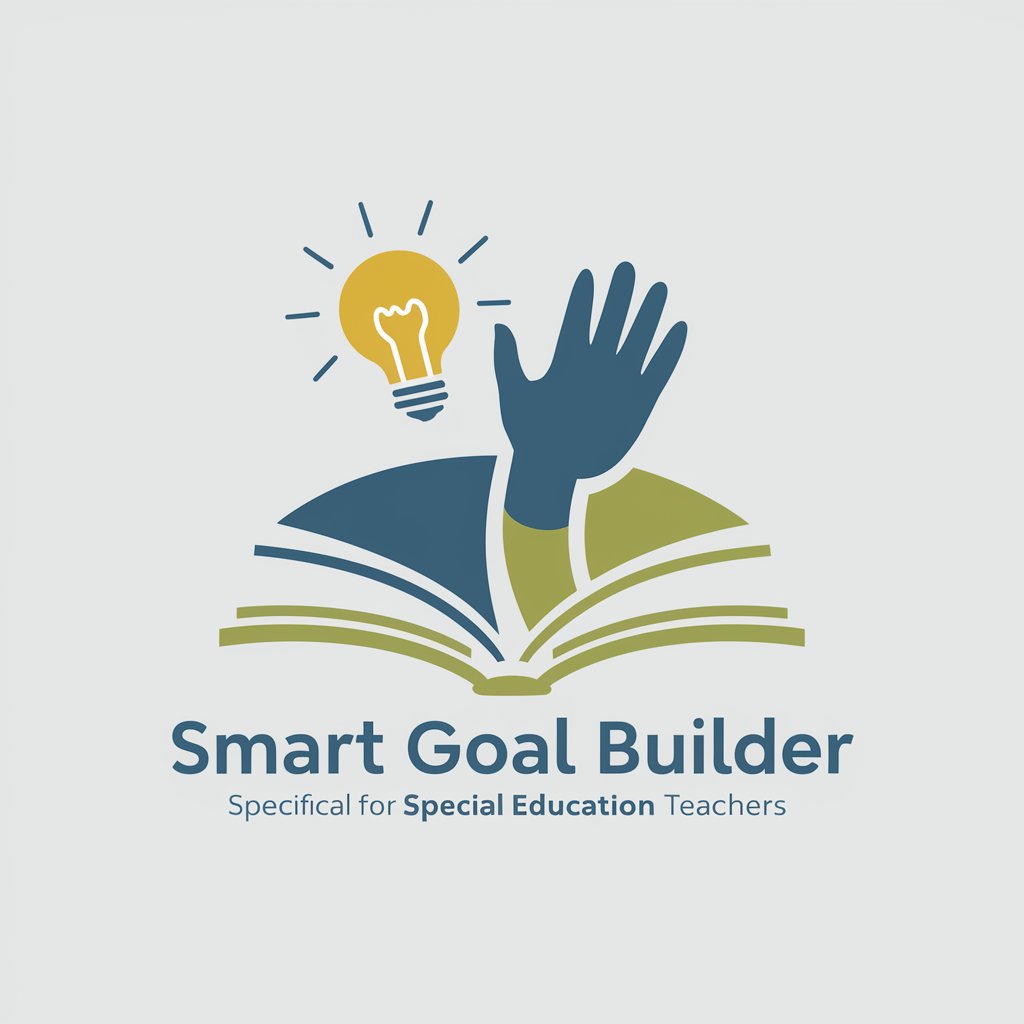
AI image generator for book covers
Transform Words Into Stunning Book Covers
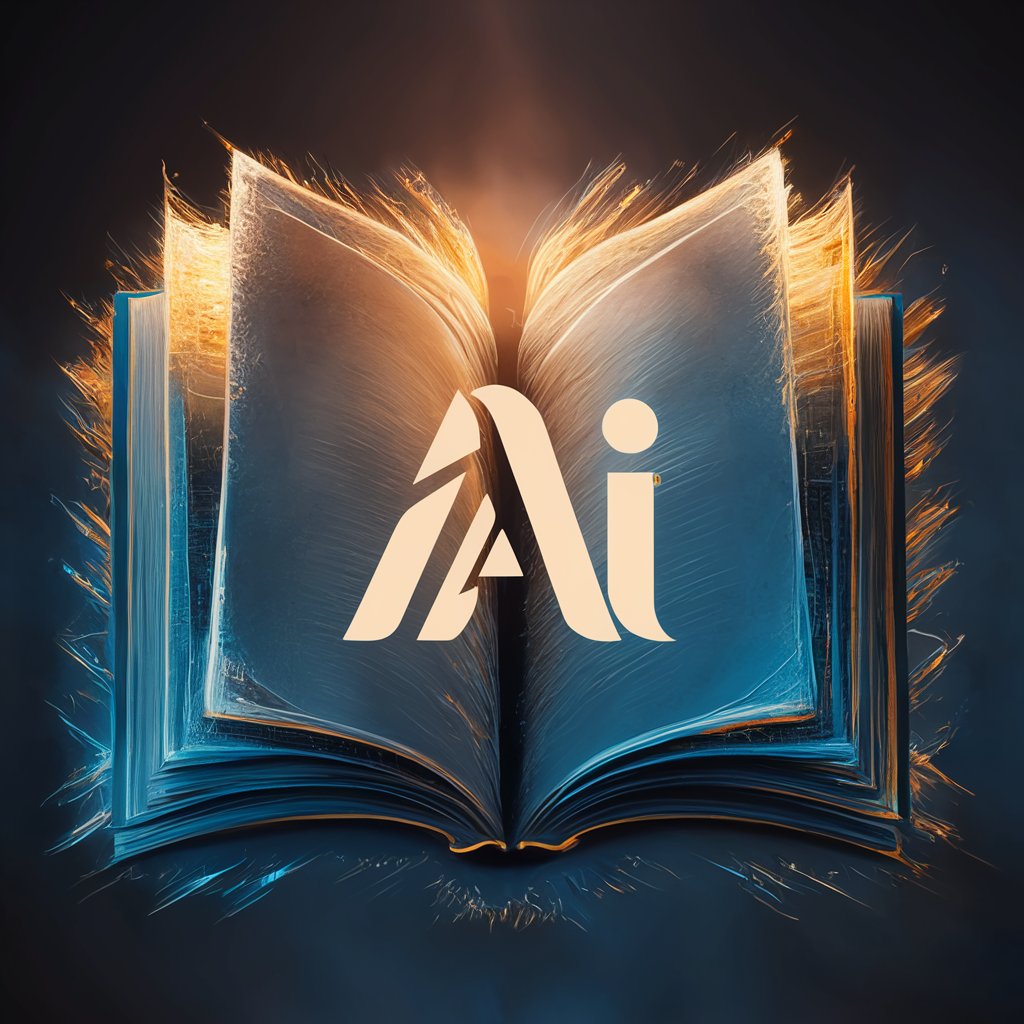
Good Morning/Night!
Transforming emotions into AI-powered greetings.
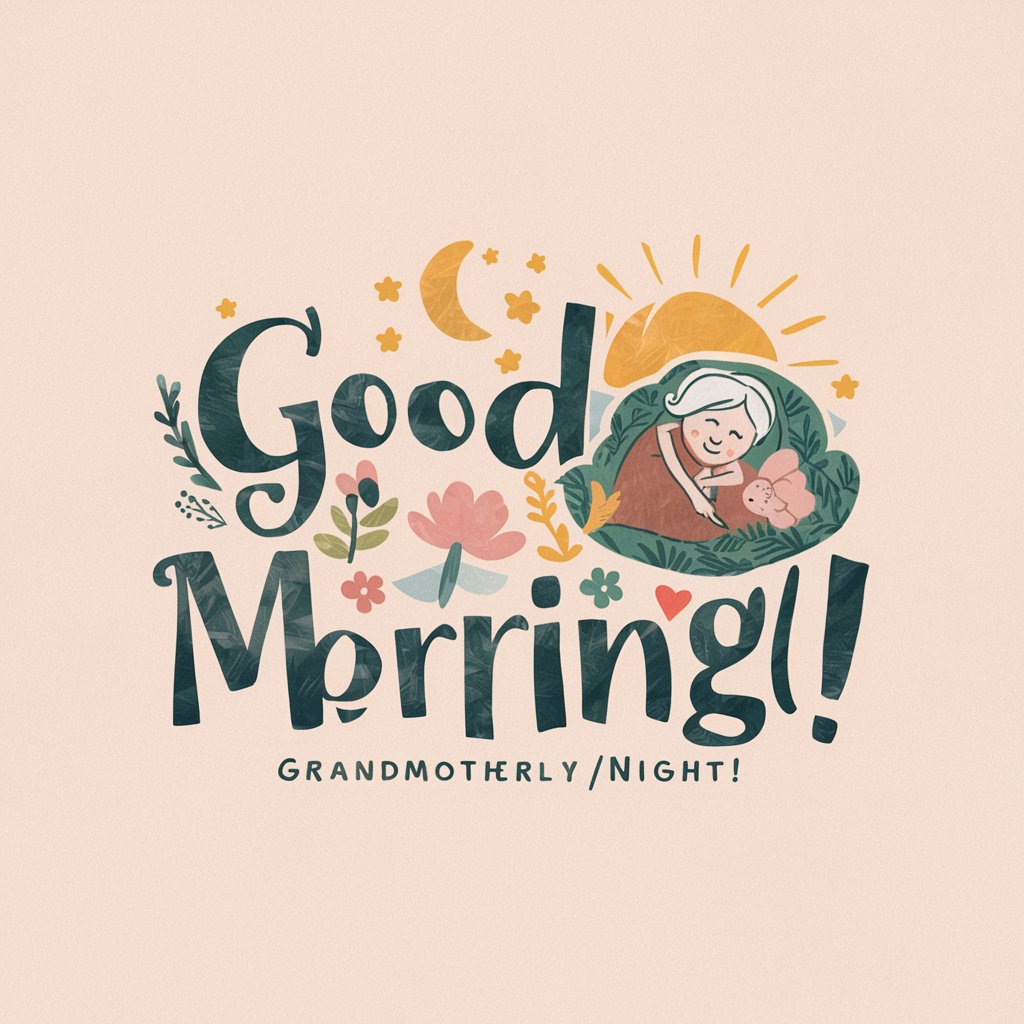
Frequently Asked Questions about Concept Design
What is Concept Design's primary function?
Concept Design is a tool for creating detailed 3D model concept images, focusing on elements like textures, lighting, and structure.
Can beginners use Concept Design effectively?
Yes, Concept Design caters to all experience levels, offering guidance tailored to each user's specific needs and project requirements.
How does Concept Design assist in 3D modeling?
It guides users through the process of developing ideas into 3D models, providing insights on trends and best practices in 3D design.
What makes Concept Design unique compared to other 3D modeling tools?
Its interactive, collaborative approach and specialized focus on conceptual phases of 3D model design set it apart.
Can Concept Design be used for professional projects?
Absolutely, it's designed for professionals in 3D modeling and product design, facilitating high-quality, detailed concept creation.
